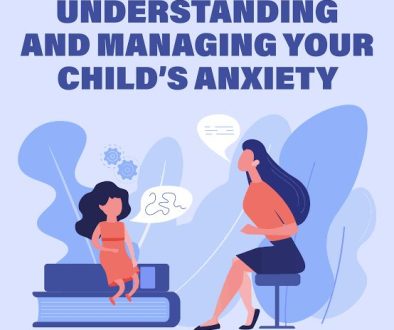Cyberbullying
Cyberbullying is a form of bullying that takes place through digital technologies, including social media, text messages, and online forums. It can have serious consequences for individuals, particularly young people, and can include behaviors such as harassment, threats, and humiliation.
One of the key features of cyberbullying is its ability to reach a wide audience quickly. Online content can spread rapidly, making it difficult for individuals to escape the effects of bullying. Additionally, the anonymity of online interactions can facilitate bullying behavior, as individuals may feel more comfortable saying things they would not say in person.
The effects of cyberbullying can be severe, including increased stress, anxiety, and depression. In some cases, cyberbullying has been linked to suicidal thoughts and behaviors. It is essential for individuals, parents, and educators to be aware of the signs of cyberbullying and take steps to prevent and address it.
Some strategies for preventing and addressing cyberbullying include:
– Monitoring online activity and reporting incidents of bullying
– Encouraging open communication and support for individuals who are being bullied
– Educating individuals about the effects of cyberbullying and the importance of kindness and respect online
– Developing policies and procedures for addressing cyberbullying in schools and communities
– Providing resources and support for individuals who are experiencing cyberbullying
In Conclusion
By working together, we can create a safer and more supportive online environment and reduce the incidence of cyberbullying.



